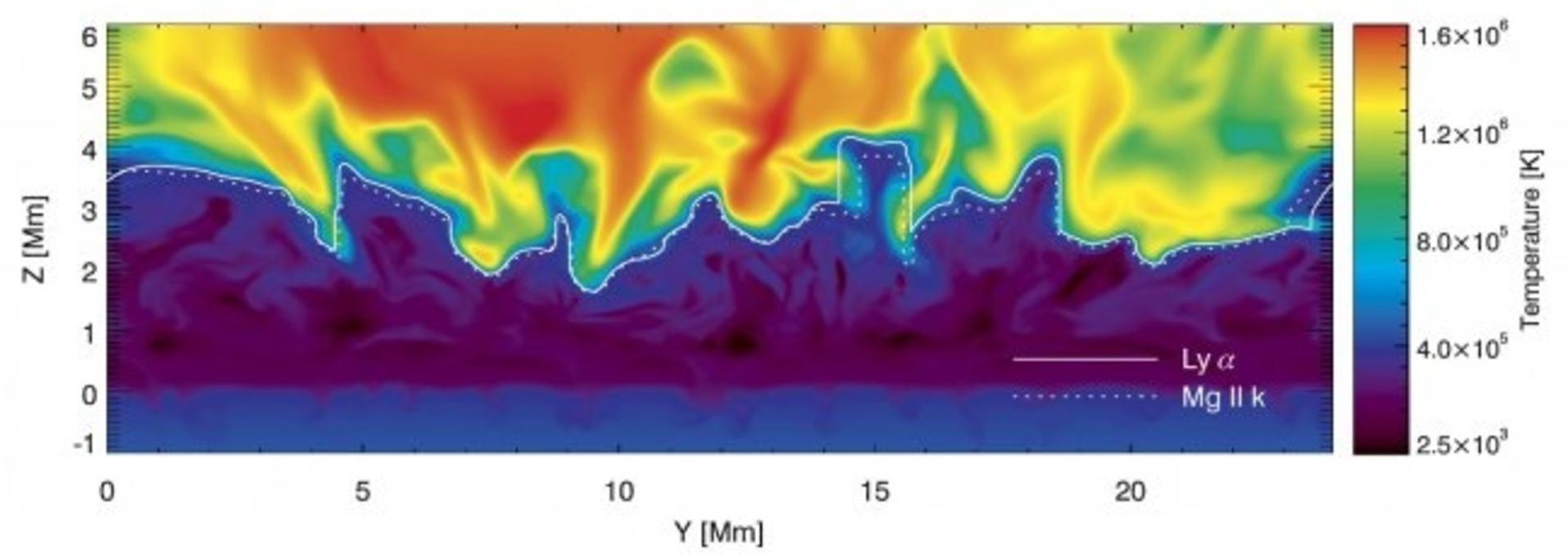Chromospheric Lyman-Alpha SpectroPolarimeter


The CLASP experiment (Chromospheric Lyman-Alpha Spectro-Polarimeter) was launched on 2015 September 3. The instrument, onboard a NASA suborbital rocket, measured with great success and for the first time the linear polarization of the strongest spectral line of the solar ultraviolet spectrum, the hydrogen Lyman-α line.
The CLASP suborbital rocket experiment, motivated by theoretical investigations carried out at the IAC, provided unprecedented observations of the polarization of the solar ultraviolet radiation. The theoretical modeling of these pioneering observations has revealed that the enigmatic chromosphere-corona transition region is extremely corrugated, with a geometry much more complex than in today’s most advanced models.
This international experiment (Japan, USA and Europe) was motivated by theoretical investigations carried out in 2011 at the Instituto de Astrofísica de Canarias (IAC). Thanks to the unprecedented observations provided by the CLASP instrument, the scientific team was able to confirm most of the theoretical predictions. However, the observed polarization signals, contrary to those calculated in today’s theoretical models of the solar atmosphere, do not show any significant variation in their line-center amplitude when the line of sight goes from the center to the edge of the solar disk.
The fact that the CLASP observations cannot be reproduced by today’s models of the solar atmosphere suggests that the 3D structure of the chromosphere-corona transition region is much more complex than previously thought. In order to confirm this idea, the scientific team has carried out a complex theoretical investigation in order to determine the magnetization and geometrical complexity of the transition region that best explains the experimental data.
With the help of the MareNostrum supercomputer of the National Supercomputing Center in Barcelona, the researchers have calculated what would be the expected polarization signals for a large number of 3D atmospheric models, constructed by changing the degree of magnetization and geometrical complexity of the 3D solar model atmosphere.
Such study has led to two important conclusions, namely, the transition region of the atmospheric model that most likely explains the CLASP observations has a significantly larger degree of geometrical complexity and a smaller degree of magnetization. The results of this investigation make it evident the need to develop more realistic 3D models of the solar atmosphere, by including phenomena such as spicules, ubiquitous in high-resolution observations of the line-core intensity in strong chromospheric lines, but not present in today’s 3D models of the solar atmosphere.
